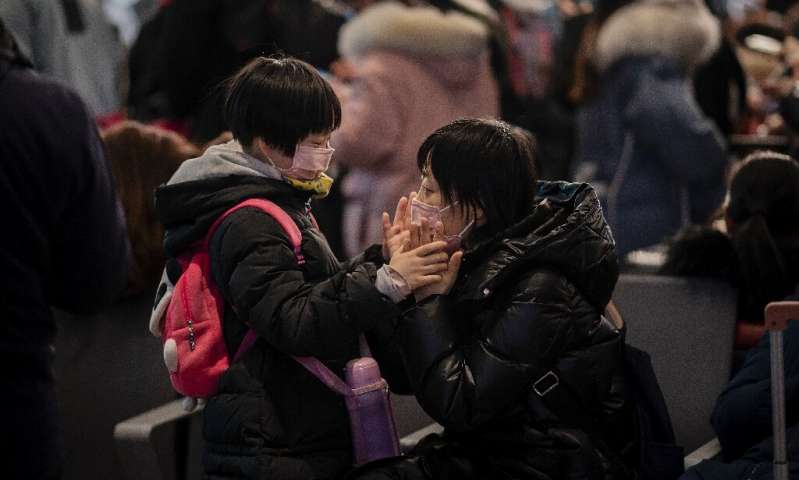A new Chinese study of coronavirus infection in kids could bring comfort to American parents—and highlight the wisdom of at least temporarily closing schools.
That’s because the study found that even though children typically only exhibit mild symptoms if infected, they can shed the coronavirus long after symptoms disappear.
Across the United States, local school districts have been temporarily suspending classroom activity, instead opting for online, at-home instruction.
The new study finds “it may make sense to close schools, since it’s unclear if children might be able to pass it to others in the community,” said Dr. Robert Glatter. He is an emergency medicine physician at Lenox Hill Hospital in New York City.
In the study, a team led by Huimin Xia, of Guangzhou Women and Children’s Medical Center, in Guangzhou, China, outlined a study of 745 Chinese babies and children.
The kids ranged in age from 2 months to 15 years, and all had experienced “close contact with diagnosed [COVID-19] patients or were members of families with reported familial outbreaks,” according to a journal news release.
The good news: just 10 children (1.3%) ended up testing positive for the new coronavirus, Xia’s team reported. All were admitted to a treatment center—not because they were overly sick, but because testing of families affected by coronavirus had brought their infection to light.
Even better news: None of the 10 kids developed severe symptoms. Seven developed a fever, but none of the fevers exceeded 39 degrees Celsius (102.2 Fahrenheit).
“There were some instances of coughing, sore throat and nasal congestion,” the journal news release noted, but “none of the other symptoms commonly seen in adult patients, such as muscle ache and headache.” Chest X-rays showed no signs of pneumonia in any of the children.
But there was also a downside to these milder symptoms: Many children might be asymptomatic or minimally symptomatic vectors of transmission for the coronavirus as they come into contact with more vulnerable adults.
And that risk of transmission may occur over a longer time than was suspected, the Chinese team noted.
That’s because even after swabs of the previously infected children’s noses and throats came up negative for coronavirus, tests of their stool continue to show signs of the virus. In one case, a child had a stool test that still tested positive for coronavirus 13 days after they had been discharged from hospital following two negative throat/nose swab tests.
And that might have implications for precautions such as length of quarantine, Xia’s team noted.
“Quarantine timings are currently assessed through the use of nose or throat swabs; however, these results suggest that gastrointestinal-tract testing may help to provide more accurate assessments of treatment effectiveness and recovery,” according to the journal news release.
Glatter agreed, but said more research needs to be done.
“It’s important to understand that viral shedding [in stool samples] seen in this small study does not equate with transmission,” he said. “While children may still shed virus in their stool, we don’t know whether they may still be infectious and serve as a reservoir of ongoing transmission.”
Still, “the report suggests that rectal swab testing may be a more sensitive indicator compared to nasal sampling regarding effectiveness of treatment and when to end quarantine,” Glatter added.
E.j. Mundell


